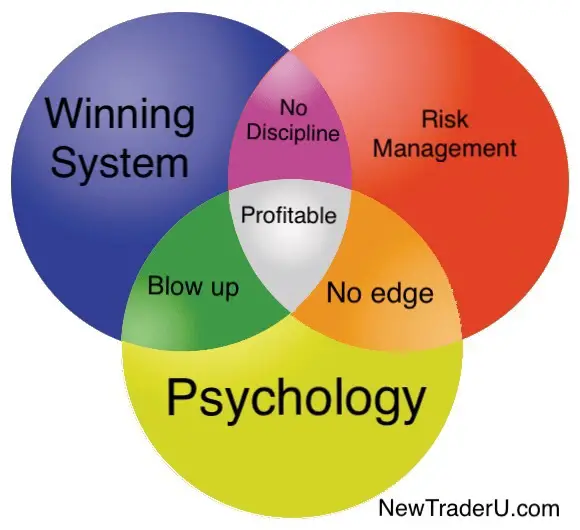There’s many different ways to make money in the market. But whatever method you’re using, it comes down to 3 types of edges — informational, analytical, and behavioral.
An investor can have any combination of the following three edges:
Informational: They can be privy to information that the market is not; through proprietary data (ie, using satellites to track foot traffic at stores) or by extreme due diligence in less watched areas of the market (really digging into the micro cap space) or by less scrupulous methods (insider knowledge).
Analytical: They can look at the same data but come to different and superior conclusions through greater due diligence and/or better frameworks for understanding the world.
Behavioral: They have better understanding and control of their own nature and thus exploit behavioral anomalies that arise in markets largely due to short-term emotional overreactions.
The informational advantage has largely been arbed away due to the wide scale availability of powerful quantitative tools and screeners and information dissemination in general. At least for the retail investor, who doesn’t have access to proprietary credit card and store receipt data, and can’t plug into their satellite that’s tracking Walmart North American store traffic, they are left with the final two edges of analytical and behavioral — we can use this fact to our advantage.
An analytical edge needs to be in seeing the same data but assembling the pieces differently, in the hopes of creating a truer representation of the underlying business and its intrinsic value.
Joel Greenblatt often mentioned in his investing class at Columbia that he believed he was only average at valuation work (he had little edge there), but where he excelled — where his edge lay — came in being able to put the information together in context; view things from the bigger picture and pinpoint the factors that really mattered.
